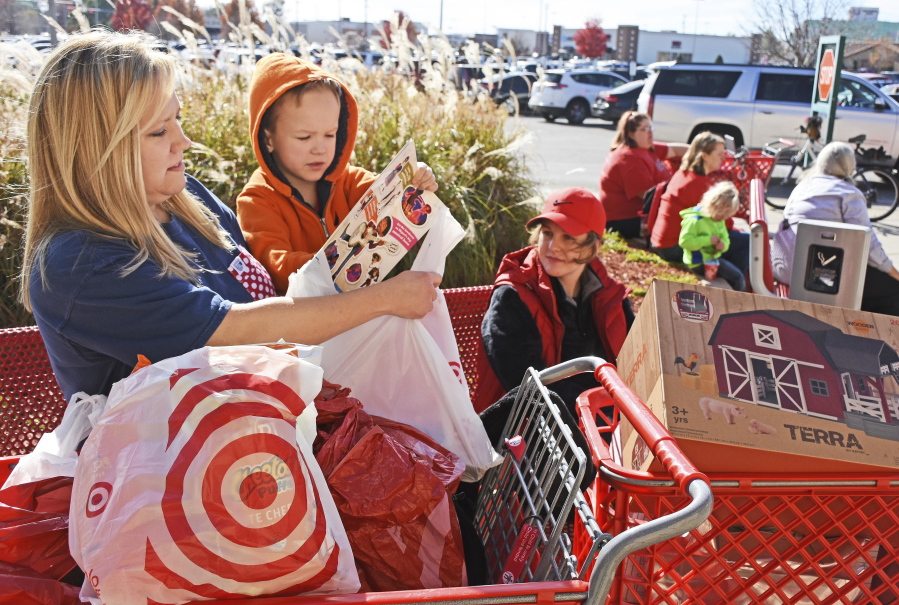Americans, by most measures, appear ready to shop this holiday season.
Consumer confidence is at a 17-year high, while unemployment is at a 17-year low. The economy appears to be humming, with growth of 3 percent at last measure. And initial numbers show millions more Americans shopped over the long holiday weekend than last year, spending an estimated $335 on average on gifts and other items, according to National Retail Federation.
But other indicators suggest there may be less merry times ahead.
“I am generally positive for this holiday shopping season that consumer spending will be robust, (but) the economic growth we are seeing may take a downturn next year,” said Robert Murphy, an economics professor at Boston College.
Initial numbers for the holiday shopping season are just that, initial. The full scope of the holiday shopping season won’t really be known until January when the Commerce Department reports its retail sales numbers for December. Plus, there are signs that consumers may be under a bit of a squeeze.
Consumer borrowing is up as Americans take on more debt for auto and student loans, according to Federal Reserve data. Borrowing for revolving credit, such as credit cards, is up too. At last measure, Americans’ total borrowing is at $3.79 trillion. That does not cover home mortgages or other loans such as home equity loans that are secured by real estate.



